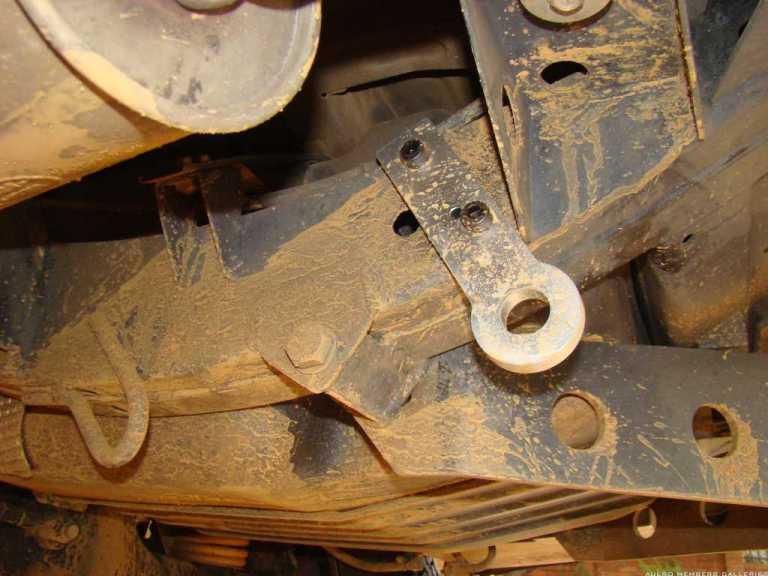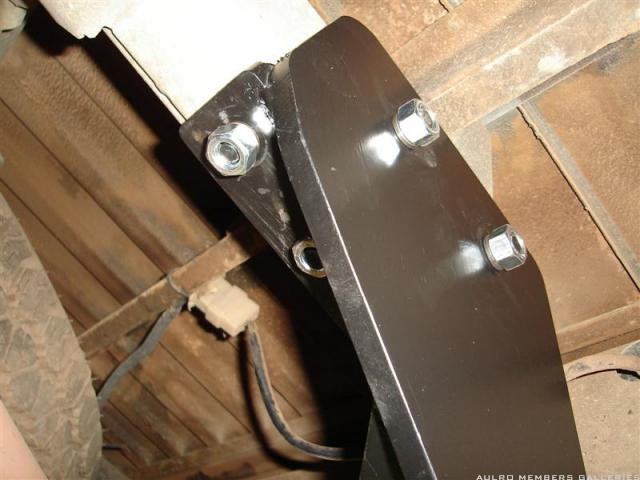I'd definitely go for bigger bolts, I'd also align them if possible more in the direction of the pull.
IMO 2xM12's are the minimum, for loading like yours you want 3 or 4 M12 bolts. Are those M8 or M10?
The other issue is clamp load. Bolts shouldn't take shear themselves, they should be done up tight enough that friction between the two surfaces they are clamping together takes the load.
To acheive this across a chassis section requires crush tubes to be welded in. Crush tubes suitable to support a fully torqued M12 grade 8.8 bolt need to be at least 22mm diameter since they have a 13mm hole through them.
Bigger if you're using higher strength bolts torqued up tighter.





 Reply With Quote
Reply With Quote




Bookmarks